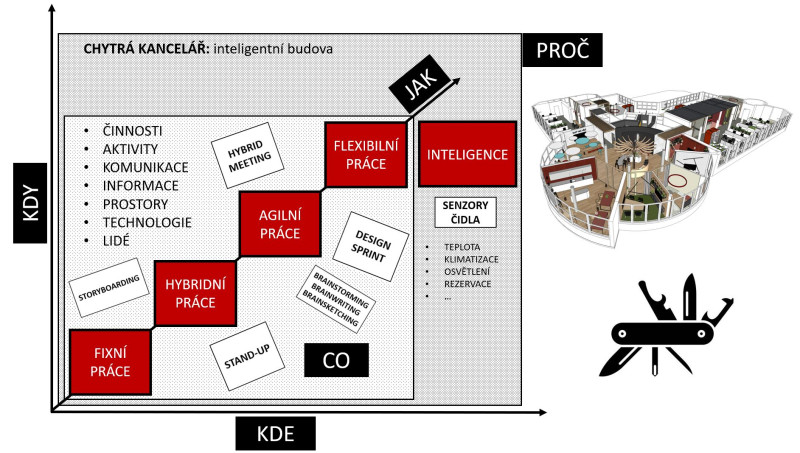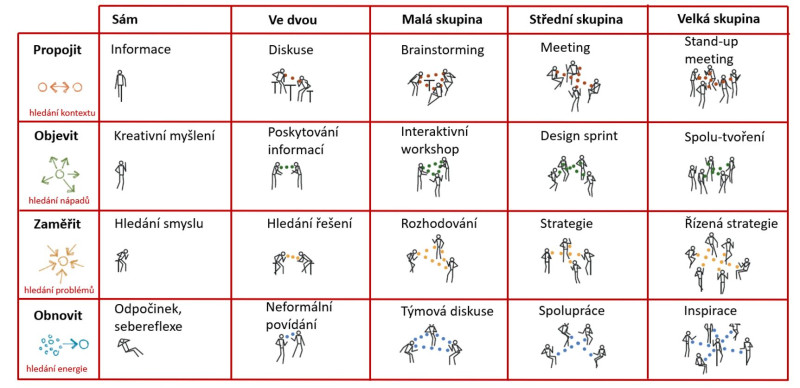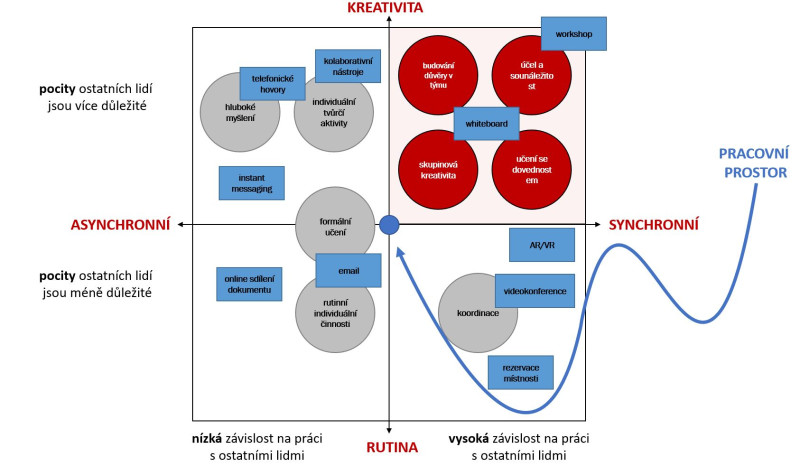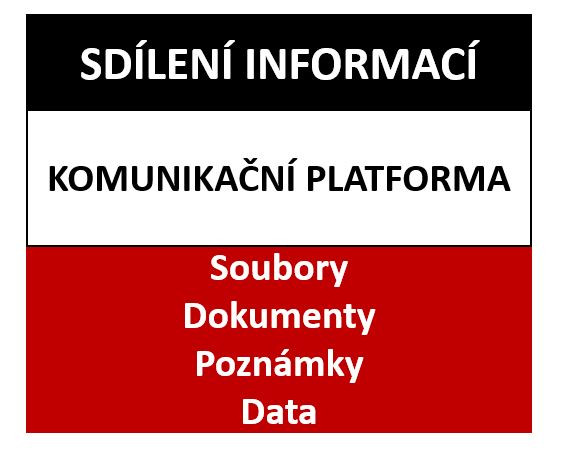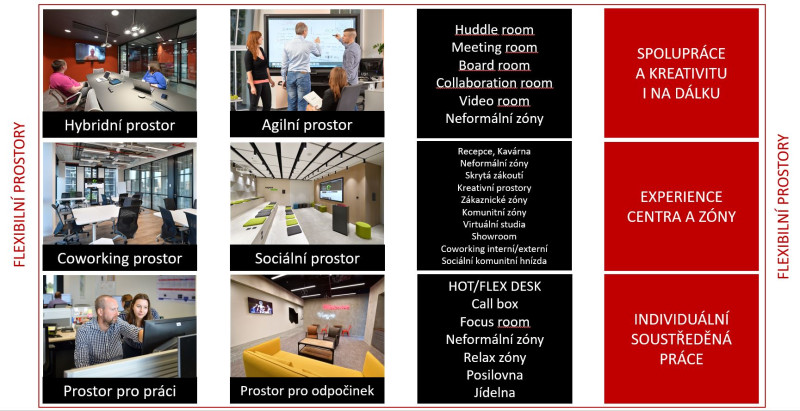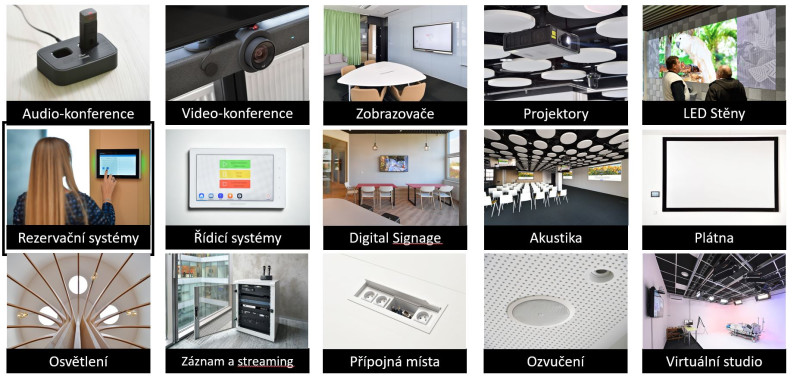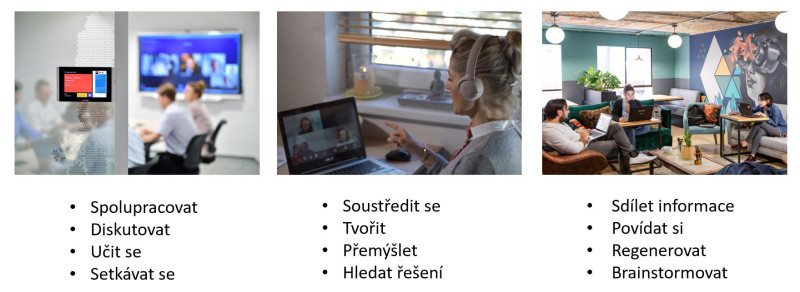
To attract and retain the next generation of talent, you need to design a workplace that enables new ways of working better, faster and smarter.
The key to success is a thoughtful work environment where physical space and technology intertwine to provide people with seamless user experience.
In our daily personal lives, we are surrounded by smart products and devices. Therefore, our work life should not be different from our personal life. The smart office uses smart workplaces and smart technology to enable people to work and collaborate more effectively regardless of where they are physically located. Smart technology will provide equivalent experience for employees with the same level of quality, engagement and the ability to do work from home, the office, a coffee shop or while travelling on the train.
Audio and video conferencing systems, microphones, speakers, interactive displays, acoustic panels and furniture will make it possible to convey such user experience of hybrid work as if everyone, even those who are remote, are sitting in one physical space. However, the technology must work for everyone simply, intuitively and preferably uniformly across the entire smart workplace. In addition, organizations must explain how to use smart technology.
Before the pandemic, many organizations focused on making their workplace smarter. Covid accelerated the transition to smart technology by at least five years. As hybrid work became the new norm, leaders realized they needed to engage their people on a whole different level. They can do it simply by offering people smart offices.
Smart offices are an experiential space and a place for focused work and collaboration, to which employees like to return because of smart technology, comfortable and diverse workspace equipment and a sense of building personal relationships. Likewise, people connected from home can get the same hybrid work experience if they want to, so they can get the most out of their working hours.
Thesmart office, just like the Swiss army knife, is designed so that people can use it for various work purposes.
For diverse ways of working: flexible, hybrid, agile, creative, focused, process-based, fixed, work activity-based…
A smart office is a fully intelligent office building that learns and grows with its users. A smart office includes interactive elements in the form of probes and sensors that act as interfaces between rooms, floors, buildings and people. Thanks to built-in intelligence, it is possible to automatically control the temperature, air circulation, individually set air conditioning units, evaluate the level of natural and artificial lighting or facilitate the reservation of a parking space, a work desk, a room for focused work or a room for collaboration with colleagues and customers. Online synchronization and intelligence of a smart office allows employees to seamlessly transition between diverse workspaces that best suit them to get their work done.
















